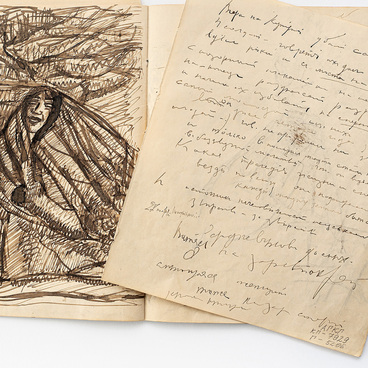The philosopher, writer, and musicologist Édouard Schuré (1841–1929) was born in Strasbourg into a Protestant family and lost his parents quite early. Until the age of 20, Schuré was brought up in the family of a gymnasium teacher and historian Jean Sturm.
At the request of his maternal grandfather, the dean of the Faculty of Law, Schuré began studying law, but the legal discipline was not his true vocation. The young man spent a lot of time at the Faculty of Arts, communicating with young people who devoted themselves to literature, history, and music.
After completing his education, Schuré committed himself to poetry and philosophy: he studied the works of Benedict Spinoza, René Descartes, Friedrich Schelling, Georg Hegel, Immanuel Kant, Arthur Schopenhauer, and Johann Fichte. The inheritance he got from his grandfather allowed him to live comfortably, by renting out his property, and devote himself to his beloved work. Schuré had a sharp mind and a dual Franco-German cultural consciousness. Gradually, he developed a circle of people with whom he maintained friendly relations and who gave him a lot of food for thought. It included the composer Richard Wagner, the mystic and clairvoyant Rudolf Steiner, the poet, philosopher and his muse Marguerite Albana Mignaty, who lived in India for a long time, and the philosopher Friedrich Nietzsche.
For several years, Édouard Schuré was a member of the Theosophical Society founded by Helena Blavatsky. However, he left it, as he did not agree with the idea of a new incarnation of Christ as Alcyone.
After the writer’s death, his works were reprinted many times and enjoyed the constant interest of the public. His most famous work is “The Great Initiates”.
The presented edition from the private collection of the Khlebnikovs was published in the series “Popular Science Library” in 1886. The book tells about the birth, reflections and development of the royal heir, the “son of the sun” Sidarta (siddhartha), who would soon become Buddha — the “enlightened one”.
Khlebnikov referenced this work by Schuré when he
wrote the story “Yesir” (“Captive”). Apparently, it greatly influenced
Velimir’s interest in Buddhist philosophy, which led to the creation of his own
cult of the Sun.



